Abstract
Printing is a process for reproducing text and image, typically with ink on paper using a printing press. Industrially, it was started with an invention by Johannes Gutenberg- the movable type. It was the method of printing from movable type which allowed for the first time the mass production of printed Materiel.
Two ideas altered the design of the printing press drastically: First, the use of steam power for running the machinery, and second the replacement of the hand-operated Gutenberg-style press with steam-powered rotary presses and it allowed printing on industrial scale. Both elements were for the first time effectively implemented by the German printer Friedrich Koenig in 1802.
The steam powered rotary printing press was invented in 1843 in the United States. This method allowed printing of millions of copies in a single day.
The Beginning
Actual history of Printing starts with Block Printing that was in practice in ancient China
BLOCK PRINTING

Block printing is a technique for printing text, images or patterns used widely in East Asia as a method of printing on textiles and paper. The earliest woodblock printed fragments are from China. The technology of printing on cloth in China was adapted to paper under the influence of Buddhism which mandated the production of multiple copies for religious reasons.
MOVABLE TYPE

Movable type is the system of printing and typography using movable pieces of metal type, made by casting. The first known movable type was produced in China by Bi Sheng around 1040.It is traditionally summarized that Johannes Gutenberg developed European movable type printing technology around 1439 and after that the European age of printing started. Compared to woodblock printing, movable type page-setting was quicker and more durable. The metal type pieces were more durable and the lettering was more uniform which is often regarded as the most important invention of the second millennium. Gutenberg is also credited with the introduction of an oil-based ink which was more durable than previously used water-based ink. Gutenberg also published the first coloured prints.
There are mainly three processes which are used for printing of newspaper and magazines. These are as follows:
- Letterpress Process
- Gravure(Intaglio)
- Offset Process (planography)
Letterpress
Letterpress Method is also known as Relief printing which is considered the oldest method and probably easy to understand. When we print a woodblock or use a rubber stamp, we are printing by letter press. In this process, the ink is transferred from the printing plate directly to the paper by means of pressure. Letterpress is capable of high speed, high quality printing in black and white in colour.
There are three basic types of letterpress printing presses
- Platen
- Flatbed
- Cylinder
- Rotary
Flat-Bed Printing Press
A printing press is a mechanical device for applying pressure to an inked surface resting upon a medium (such as paper or cloth) to transferring an image. As a method of creating reproductions for mass consumption, The printing press has been superseded by the advent of offset printing.
Advancements
Rotary Printing Press
A rotary printing press is a printing press in which the impressions are curved around a cylinder so that the printing can be done on long continuous rolls of paper, cardboard, plastic, or a large number of other substrates. Rotary drum printing was invented by Richard March Hoe in 1847, and then significantly improved by William Bullock in 1863.
Gravure
Gravure is the commercial form of intaglio printing. Intaglio is the second oldest printing process .It is the process for high quality of black and white and colour printing..
Lithography (1796)
Lithography is a method for printing on a smooth surface. Lithography is a printing process that uses chemical processes to create an image. This allows for a relatively flat print plate which allows for much longer runs than the older physical methods of imaging (e.g., embossing or engraving). High-volume lithography is used today to produce posters, maps, books, newspapers, and packaging. Most books, indeed all types of high-volume text, are now printed using offset lithography.
Offset Process
It is updated and highly redefined form of lithography invented in 1799 by a German citizen Aloys Senefelder. The commercial form of lithography is offset lithography which is commonly known simply as “Offset”. It’s a method of transferring the image from the plate to the paper. It is capable of printing in black & White and in colour at a relatively low price.
Digital Era
Digital Printing
Digital printing has revolutionized the printing industry. There are two basic approaches to digital printing. Direct Imaging or hybrid presses and digital toner-based printing.Digital toner based printing began in1993.It has allowed full colour pages to be printed from digital page data.
3D printing
Three-dimensional printing is a method of converting a virtual 3D model into a physical object. 3D printing is a category of rapid prototyping technology. 3D printers typically work by ‘printing’ successive layers on top of the previous to build up a three dimensional object. 3D printers are generally faster, more affordable and easier to use than other technologies.








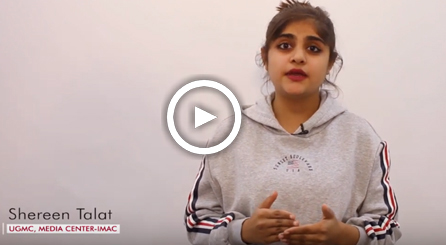


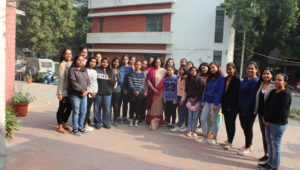






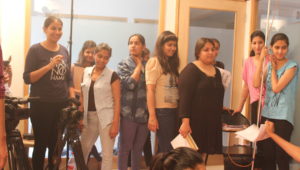







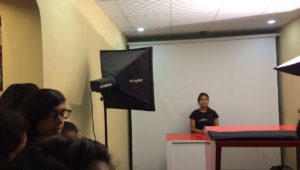



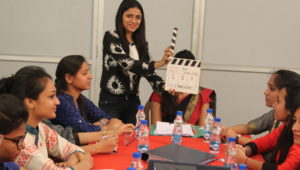
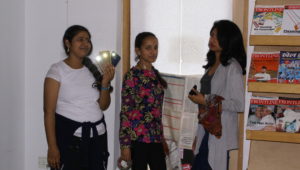


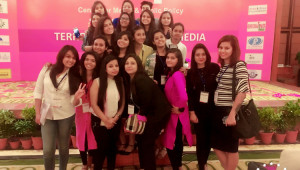


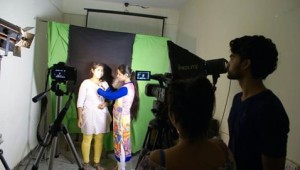




September 17, 2013 at 1:49 pm | Permalink
Thank u mam this is a very nice artical about printing press and types. (puja)
September 16, 2013 at 3:04 pm | Permalink
a really good and detailed article about printing and types of it. Thank you ma’am for this article.
September 15, 2013 at 4:37 pm | Permalink
Thank you soo much mam u enhance our knowledge also u described it very briefly, with easy language.
Shweta
September 13, 2013 at 1:49 pm | Permalink
Thank you ma’am for enhancing our knowledge regarding printing.